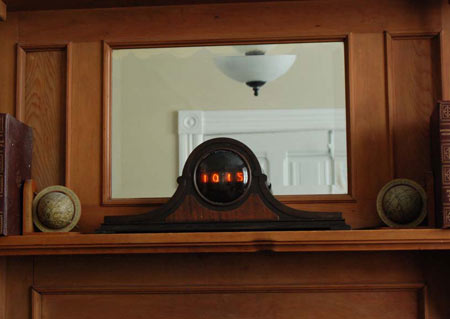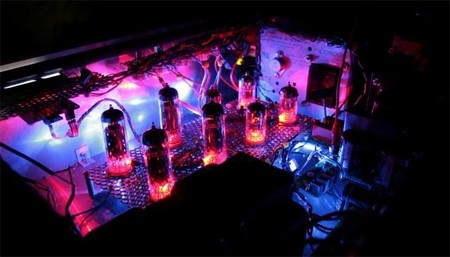
[Gio] enjoys using vacuum tubes in his projects. He designs the circuits using a CAD program but was finding that there is no substitute for actually building a prototype before heading to a final design. To make this process easier, he built his own tube prototyping station.
At the top of the board he’s got three different sizes of tube sockets with the pins from each wired as common. The nine pins from the sockets break out to a terminal strip where they can be interfaced with a solderless breadboard. For added versatility he’s included terminals to tap into some RCA jacks, as well as a 100 kOhm variable resistor. We’d bet this is not something that you can find ready-made, but it sure does look a whole lot better than a workbench full of components alligator-clipped together.















